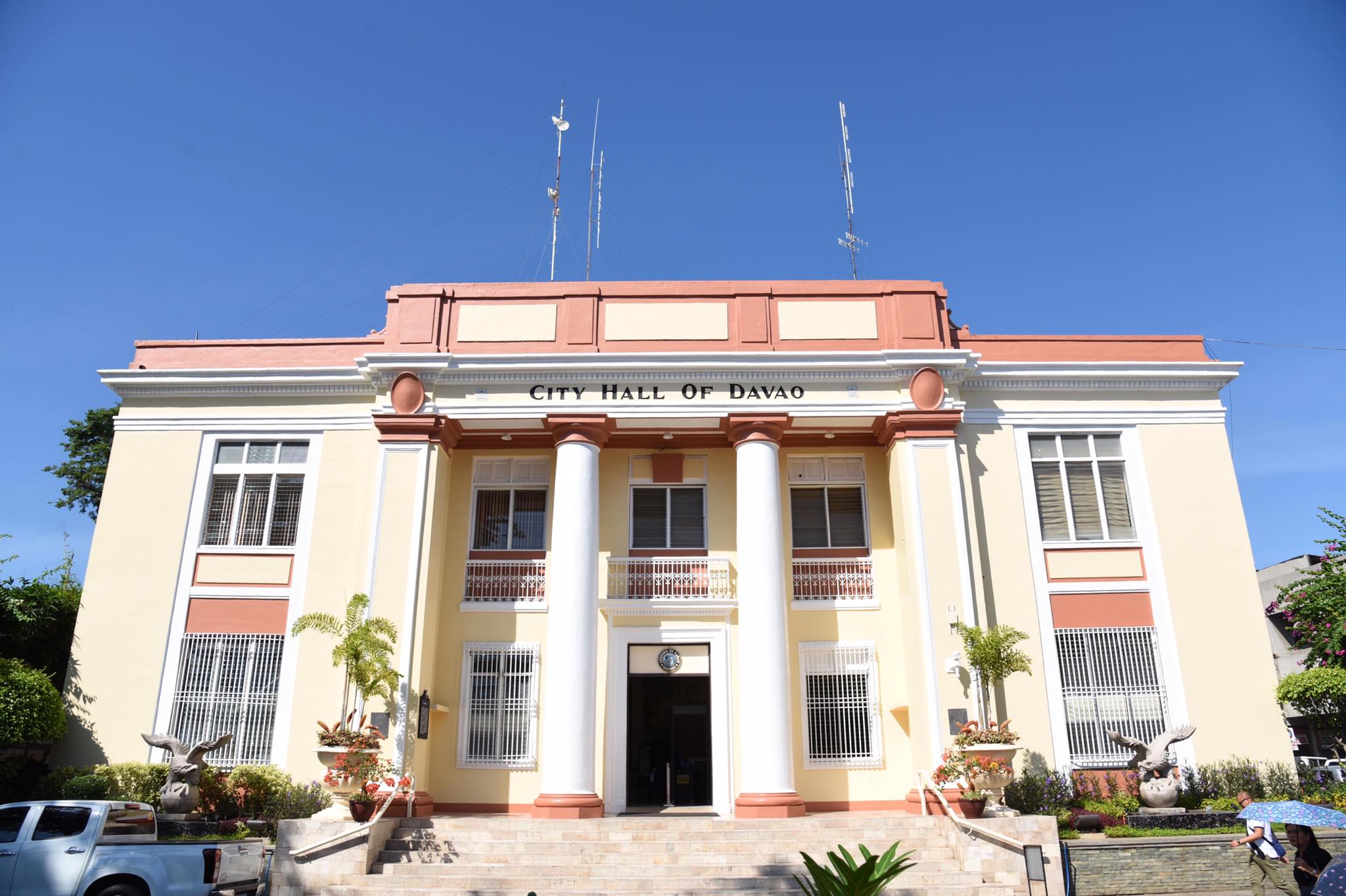Davao City’s COVID-19 Task Force is adopting the Department of Health (DOH) guidelines on home isolation amid the surge of COVID-19 cases and the presence of the Omicron variant in the city.
Dr. Michelle Schlosser, the spokesperson of the Davao City COVID-19 Task Force, said based on DOH guidelines, a local government unit (LGU) can allow home isolation if there is a surge of COVID-19 cases.
“Apparently, naa ta sa surge therefore gina-allow ang home isolation sa mga asymptomatic and mild cases only (Apparently, we are in a surge, therefore, we are allowing home isolation for asymptomatic and mild cases only),” she said during the COVID-19 Alert program of 87.5 FM Davao City Disaster Radio (DCDR) on January 26, 2022.
A confirmed COVID-19 positive patient, who underwent RT-PCR test, may qualify for home isolation if he or she has a bedroom with attached CR or toilet and bath.
Dr. Schlosser said, “Mag-qualify ang isa ka tao nga asymptomatic or with mild symptoms kung naay panimalay na with own CR and own room, meaning dili sya exposed sa other members of the family. Make sure naka-isolate gyud sya and then kung naka-meet ka ana nga requirements, it’s not also enough. Kinahanglan walay kauban nga naay comorbidity or mga seniors or masakiton sa inyong panimalay because that will lead na mag high-risk pud sila (A COVID-19 positive patient who is asymptomatic or with mild symptoms may qualify if he or she has his or her own CR and own room, meaning he or she is not exposed to other members of the family. Make sure that proper isolation guidelines are followed but that’s not enough. The patient availing of the home isolation option should not be living with anybody that has comorbidities or with senior citizens or sickly members of the household because they may become high-risk when infected).”
She clarified that not everybody can opt for home isolation.
“Dili pasabot nga gusto ka mag home isolate makuha dayon nimo (Not because you want to home isolate, you already can). You have to meet the requirements for home isolation,” she explained.
Dr. Schlosser added that COVID-19 cases needing facility or hospital care cannot be allowed for home isolation. “We don’t want na mag-progress ilang symptoms unya dili nato sila matagaan og hospital care right away. This might lead to severe and critical cases na ikamatay sa atong patients (We don’t want their symptoms to progress and we couldn’t provide them with immediate hospital care. This might lead to severe and critical cases that would lead to the death of the patients),” she said.
Once one is a confirmed COVID-19 positive patient, Dr. Schlosser said he or she will receive the first call from the contact tracing team followed by a doctor or nurse from the patient monitoring and evaluation/triaging team, and the third call will be from the Rapid Action Team (RAT) or the transportation team that will fetch the patient from home and brings him or her to the isolation facility.
But for those qualified to undergo home isolation, there is no need for the RAT to call them.
DOH’s Department Circular No. 2022-0002 dated Jan. 6, 2022 states that home quarantine or isolation is allowed for the “management of probable and confirmed COVID-19 cases with no symptoms, mild symptoms or moderate symptoms.”
The national health agency said that the “minimum infrastructure requirements” for home isolation and quarantine include the availability of a dedicated room and toilet and oversight of a health care provider or the local government units (LGUs).
DOH Undersecretary Maria Rosario Vergeire, in a previous press briefer aired over PTV, said that all household members of Covid-19 positive individuals are considered close contacts and may also undergo home quarantine if they are asymptomatic, are not members of the vulnerable population, and are not mixed with positive and symptomatic individuals. They must also observe the minimum public health standards – the proper wearing of masks, social distancing, and proper handwashing within the household.
Dr. Schlosser, in a previous COVID-19 Alert episode, said that a COVID-19 positive close contact who is asymptomatic and fully vaccinated will undergo five days of quarantine and may opt not to undergo a swab test.
She said that partially vaccinated or unvaccinated asymptomatic close contact of a confirmed COVID-19 positive case will have to undergo a 14-day quarantine because they have less protection and are vulnerable to getting infected with the coronavirus and have a great chance to spread it to others. This is why they need to complete the 14-day quarantine.
For fully vaccinated A2 (senior citizens) and A3 (persons with comorbidities) but with mild symptoms, she said mandatory quarantine is seven days from the onset of symptoms while unvaccinated or partially unvaccinated A2 and A3 with mild symptoms, a minimum of 10 days quarantine is required from the onset of symptoms, which may progress later.
But for severe and critical cases, whether vaccinated or unvaccinated, they must complete the 21-day isolation depending on the severity of their symptoms and the decision of their attending physician.
A fully vaccinated asymptomatic case is required to undergo quarantine for a minimum of seven days with the first day as the date of the swab.CIO

